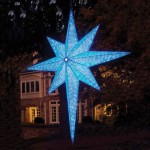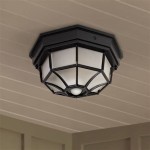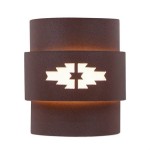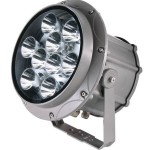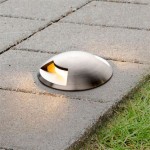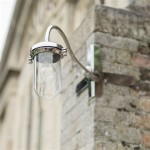Artistic Outdoor Lighting: Enhancing Landscapes and Ambiance
Outdoor lighting is more than just illuminating pathways and ensuring safety. It is an art form that can transform outdoor spaces, enhancing their beauty and creating a captivating ambiance. Artistic outdoor lighting encompasses an understanding of light, color, texture, and form to craft captivating visual experiences. By strategically employing light, designers can accentuate architectural features, highlight natural elements, and create a sense of wonder in the evening hours.
Key Considerations for Artistic Outdoor Lighting
The success of artistic outdoor lighting hinges on careful planning and consideration of several key factors:
1. Purpose and Functionality
Before embarking on any design, it is crucial to define the primary purpose of the outdoor lighting. Is it intended to illuminate pathways and ensure safety, highlight architectural features, or create a mood? Different lighting techniques will be employed to achieve specific objectives. For instance, security lighting might necessitate bright, directional fixtures, while a tranquil and relaxing ambiance might call for warm, diffused light sources.
2. Landscape Design and Features
The existing landscape plays a crucial role in artistic outdoor lighting design. The layout of trees, shrubs, water features, and any other elements will influence the placement and type of lighting fixtures used. For instance, uplighting can accentuate the majestic silhouette of a tree, while spotlights can illuminate a water feature or a sculpture. The goal is to create a harmonious blend of light and landscape.
3. Color Temperature and Color Rendering
Color temperature plays a significant role in shaping the mood and ambiance of outdoor lighting. Warm white light (around 2700K) evokes feelings of warmth and coziness, making it ideal for patios, decks, and dining areas. Cool white light (around 4000K) creates a more contemporary and energetic atmosphere, suitable for pathways and security lighting. Color rendering index (CRI) measures how accurately a light source reveals the color of an object. A high CRI (over 80) ensures that colors are rendered realistically, preserving the natural beauty of the landscape.
Types of Artistic Outdoor Lighting Techniques
A wide array of lighting techniques contribute to the artistry of outdoor lighting design. Here are some commonly used approaches:
1. Uplighting
Uplighting shines light upwards, illuminating the underside of trees, walls, and architectural features. This technique creates a dramatic and ethereal effect, highlighting vertical elements and adding depth to the space. Uplighting can also enhance the texture and color of materials while casting intriguing shadows on the surrounding areas.
2. Downlighting
Downlighting directs light downwards from overhead fixtures. It is a versatile technique that can provide general illumination, accentuate specific areas, and create a sense of intimacy. Downlighting can be used to highlight walkways, patios, and seating areas, creating a welcoming and functional space.
3. Wall Washing
Wall washing uses a wide beam of light to illuminate an entire wall surface evenly. This technique is ideal for highlighting architectural details, textures, and colors. It can also create a sense of depth and dimension, especially when used on textured surfaces.
4. Silhouetting
Silhouetting creates a dramatic effect by illuminating a subject from behind, casting a dark outline against a brighter background. This technique can be used to highlight trees, sculptures, or any other object that adds a unique visual element to the landscape. Silhouetting can also create a sense of mystery and intrigue, adding depth to the overall design.
5. Path Lighting
Path lighting is essential for safety and functionality, but it can also be a beautiful and artistic element in outdoor design. By using low-voltage path lights, designers can create a soft and inviting glow along walkways and pathways, guiding visitors through the landscape safely.
Conclusion
Artistic outdoor lighting is a powerful tool for enhancing the beauty and functionality of outdoor spaces. By carefully considering the purpose, landscape design, and types of lighting techniques, designers can create stunning visual experiences that captivate and delight. From highlighting architectural details to accentuating natural beauty, artistic outdoor lighting transforms outdoor spaces into captivating and inviting sanctuaries.

Outdoor Lighting Atlanta Landscape Low Voltage

Artistic Outdoor Lighting Illuminating Works Of Art For Your Garden Q Blog

Charlotte Attraction Lights Are The Artistic Union Of Light And Shadow

Artistic Outdoor Lighting Chicago Landscape Company Il

Heather Carson Light Art Installation Sculpture

Artistic Lighting Design Unique Outdoor

Gorgeous Outdoor Lighting Ideas That Bring Magic Into The Backyard

Outdoor Metal Art Lighting Garden

22 Outdoor Light Installations

Artistic Outdoor Lighting In Austin Perspectives
